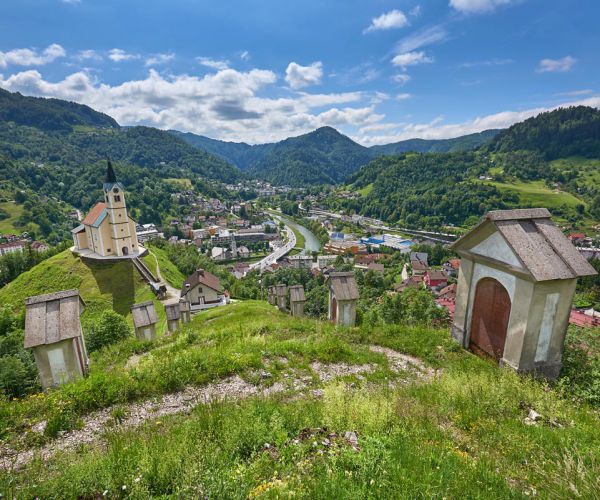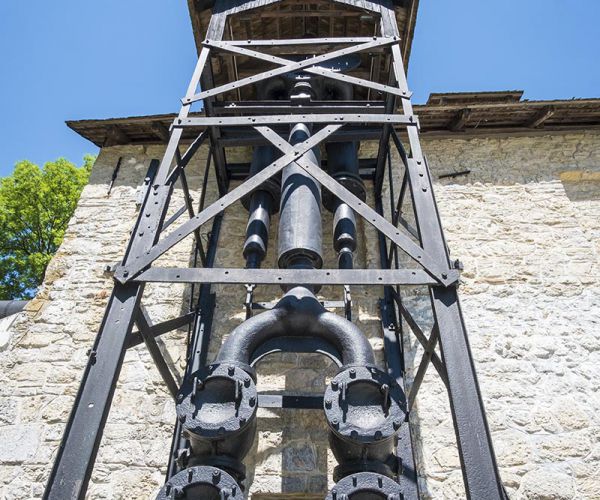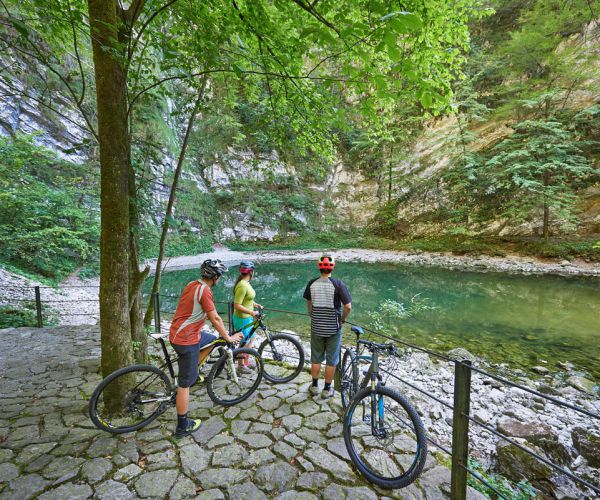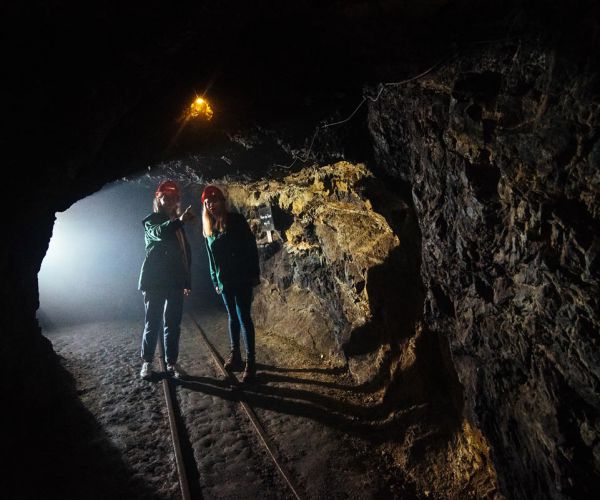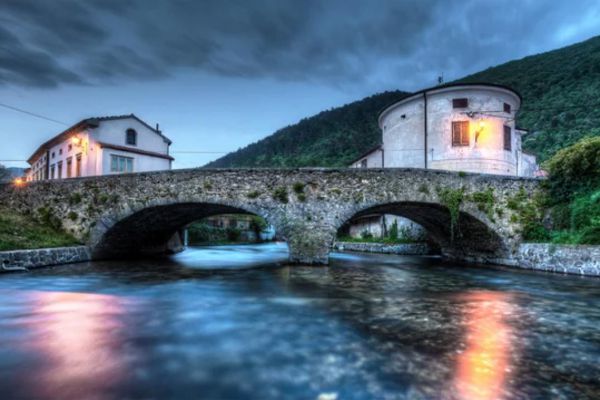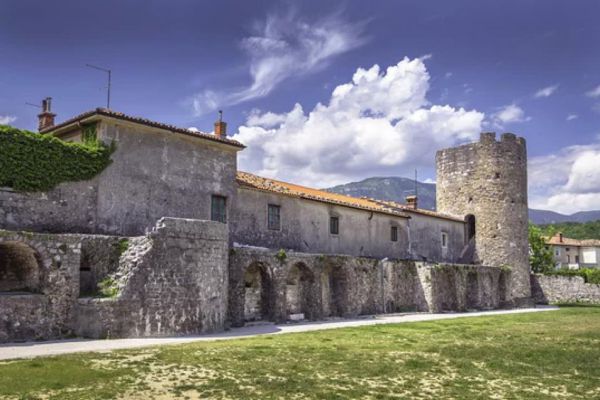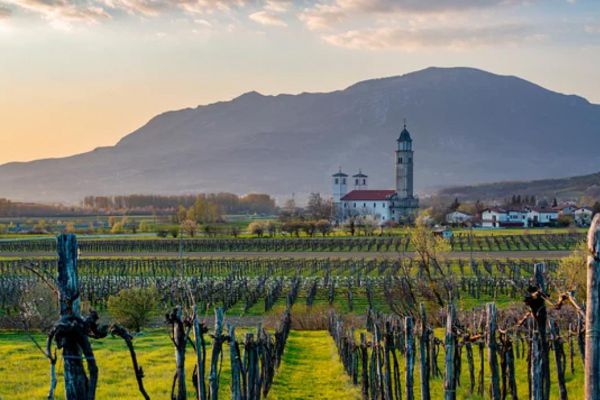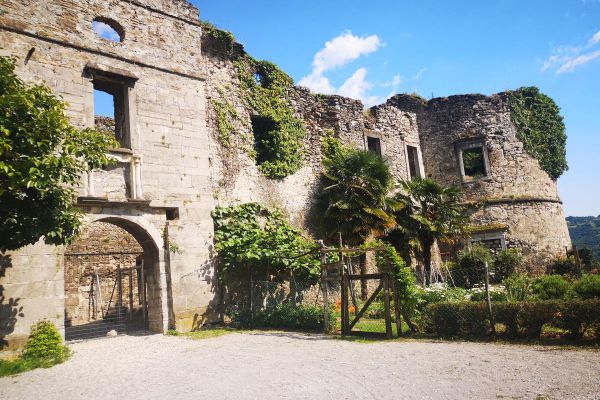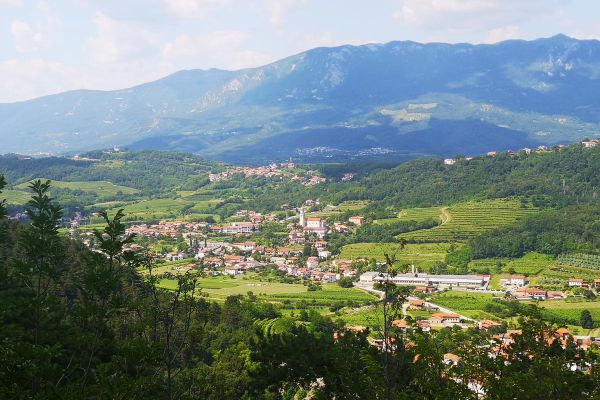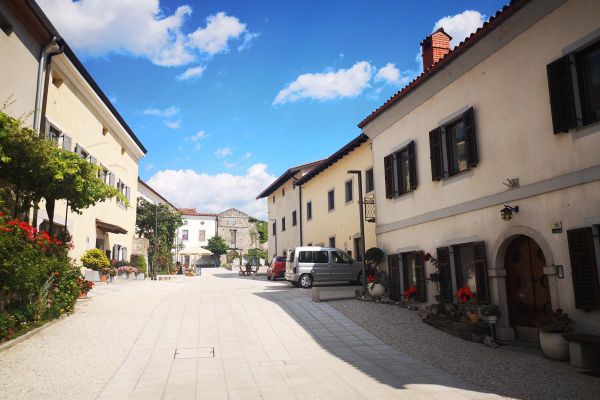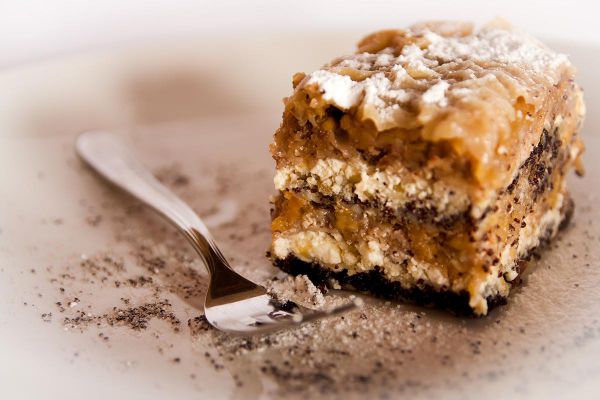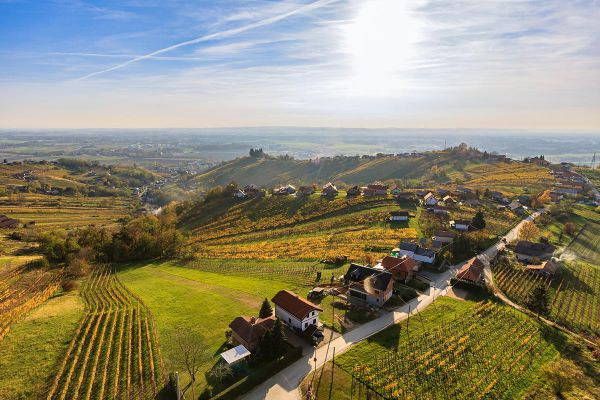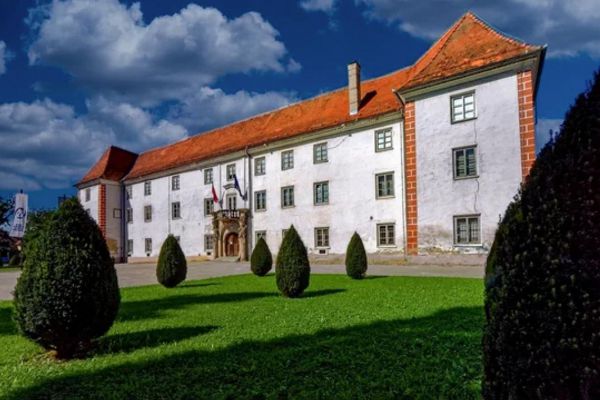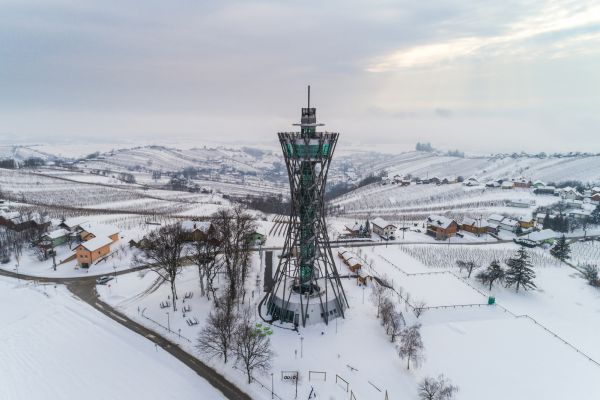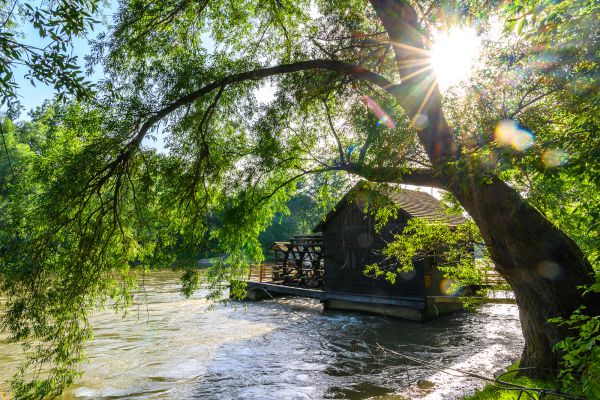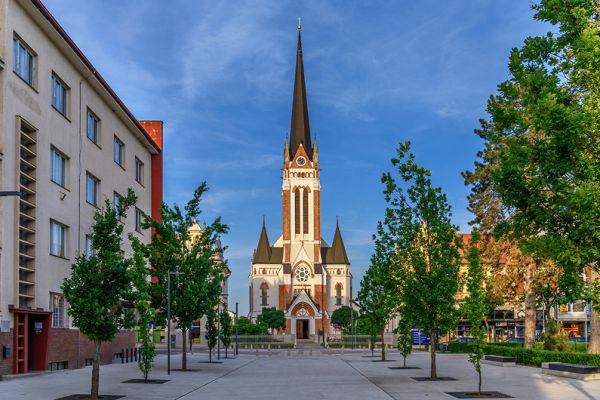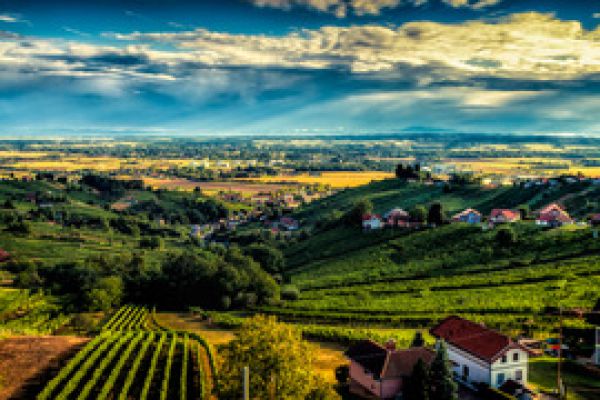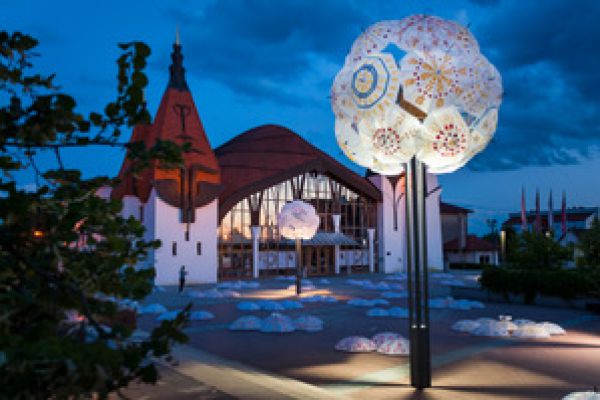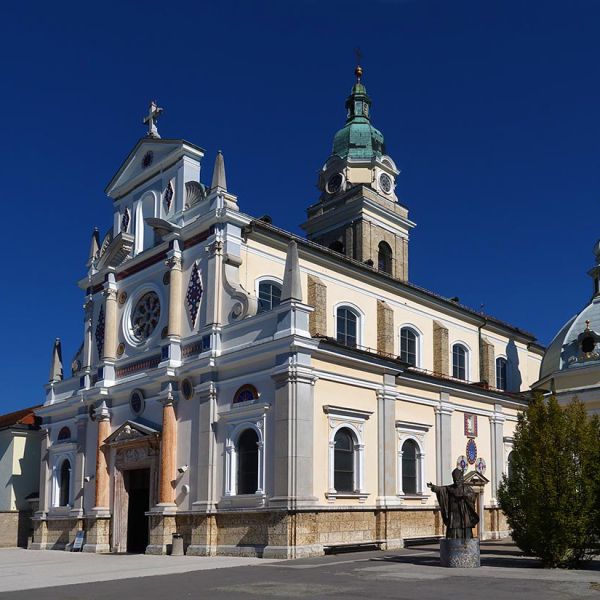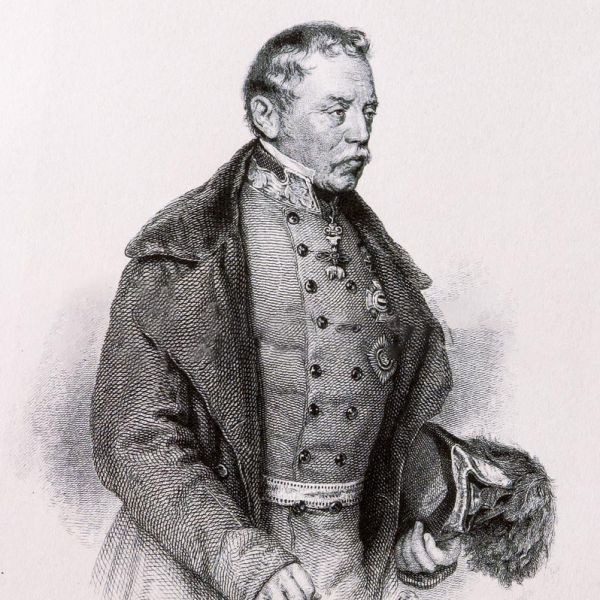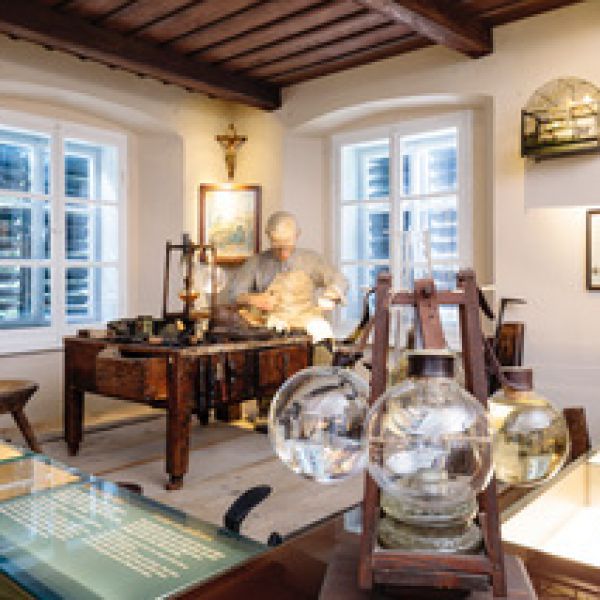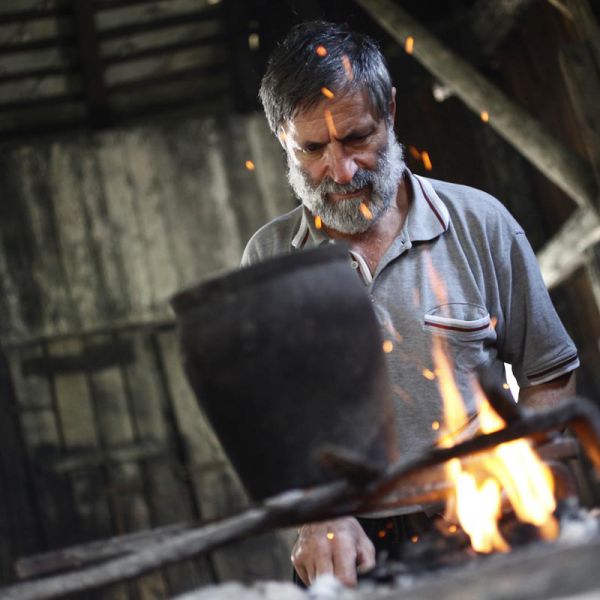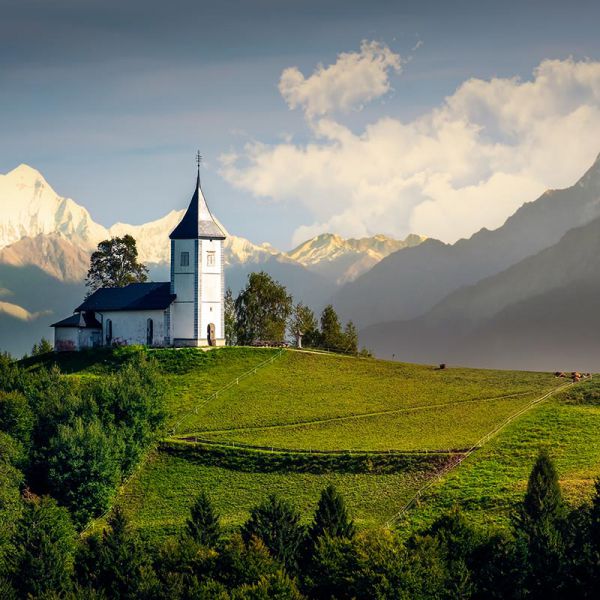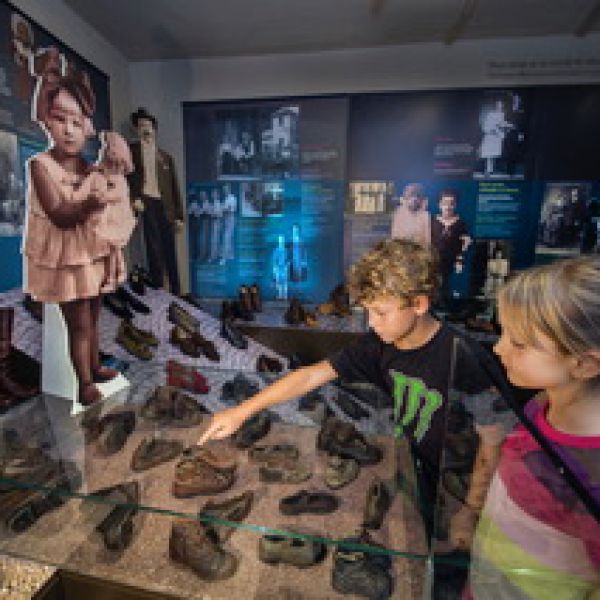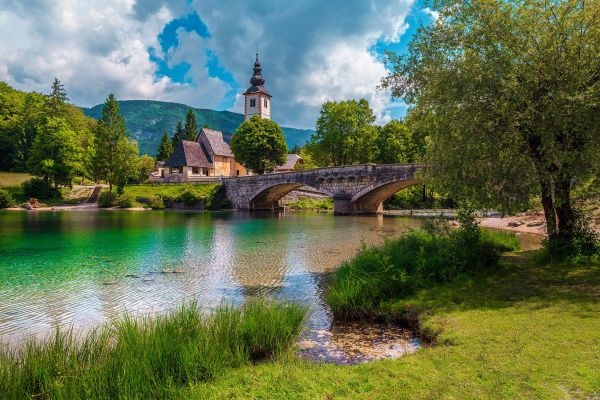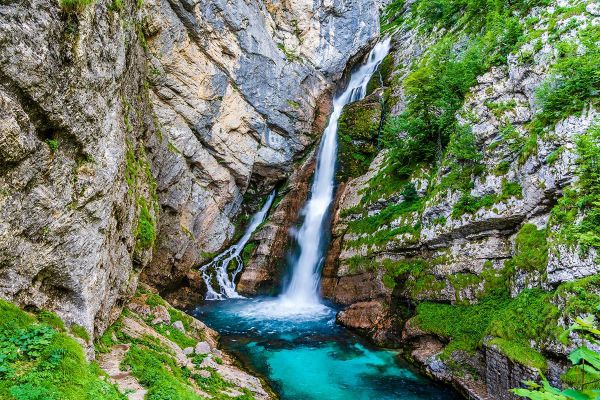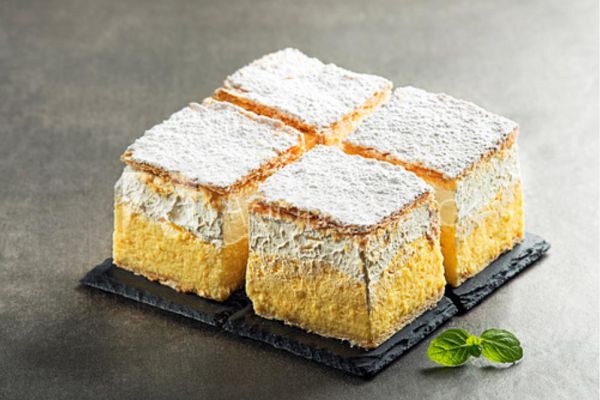IDRIJA & SURROUNDINGS
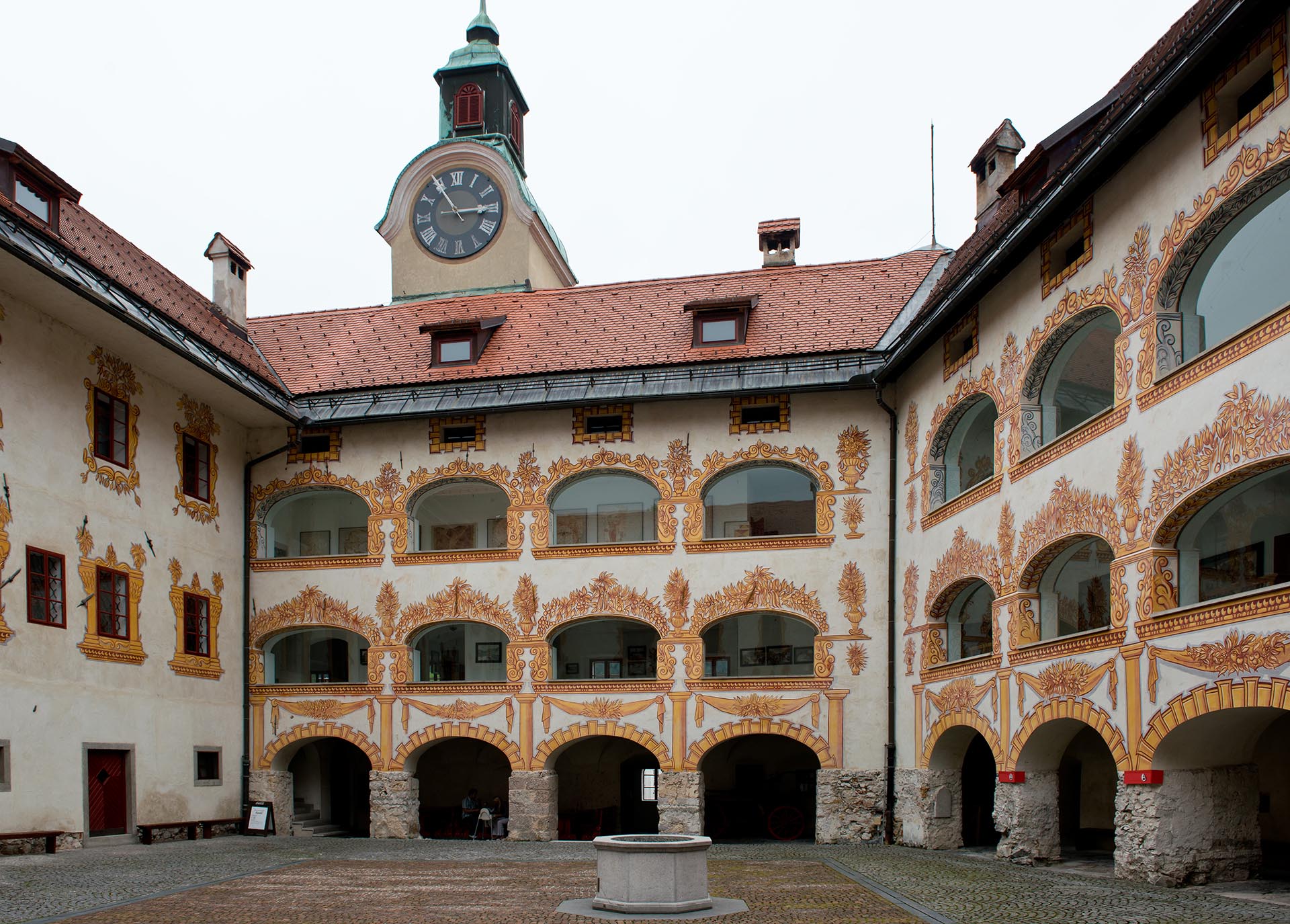
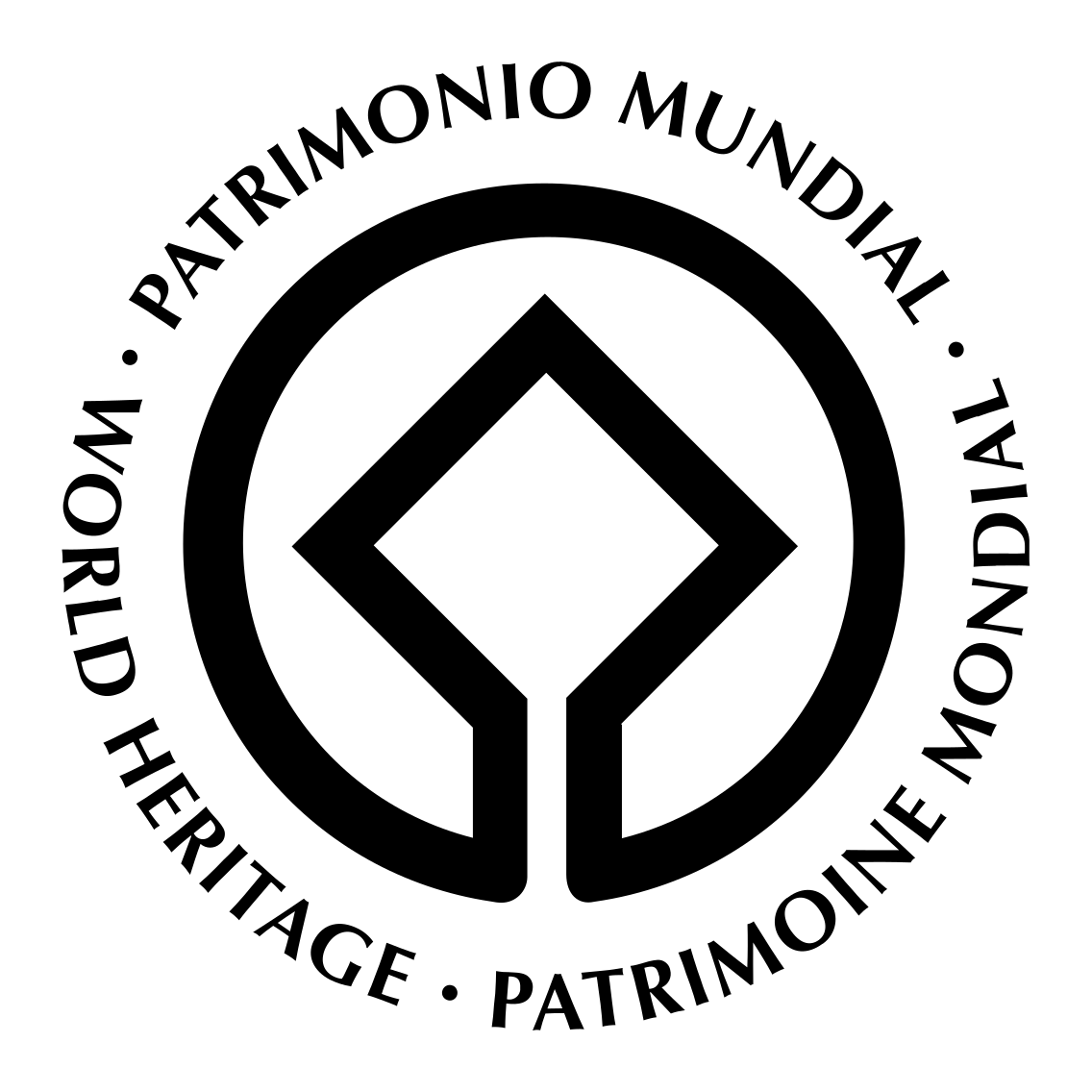
- from 140€/person
- min 4
Description
Idrija is a tiny town known its mercury mine, which is the second largest in Europe. Together with the Spanish mine at Almadén, it has been named as an UNESCO World Heritage Site since 2012. It is also the birthplace of a distinct lace-making tradition, has a significant culinary legacy and lays claim to a unique technical heritage.

Our program:
Our first stop is Idrija, an ex mining town and Unesco World Heritage site where we will visit the second largest mercury mine in the world, guaranteed to be an amazing experience. Ensure you wear comfortable shoes!
Next, we venture to the city’s Renaissance style castle, Gewerkenegg, complete with internal arcade courtyard, featuring picturesque Baroque frescoes that are sure to impress! Today the castle houses the Idrija Municipal Museum, which recounts the 500-year-old history of the mercury mine and the town of Idrija. Whilst giving an insight into the difficult life most miners lead, we will also learn about the embellished social and cultural life of the town, symbolized by the snow-white lace their wives and daughters made in the shelter of their homes for additional income.
For lunch try Idrija’s famous žlikrofi, the first Slovenian product to be officially registered by the European Union as a Traditional Specialty Guaranteed (TSG).
After lunch we will visit a former miner’s house, a typical example of the time and learn how this type of dwelling shaped the image of the city and reflected the working class character of Idrija. We will also discover the “Kamšt”, a water-powered pumping device that was used to pump cave water from mines. Dating back to 1790, only one “Kamšt” remains, with its special feature being a large water drive wheel, with a 13.6m diameter and taking a full 13 seconds to make one full circle. Experience the mightiness of the largest wooden drive wheel in Europe!
Our last stop will take us to the Divje jezero, where we will see a Karst spring of the Vauclusian type. This lake, which gained national protection in 1967, serves as a natural monument and in 1972, was considered to be the site of the first Slovenian natural museum.
VIPAVA VALLEY
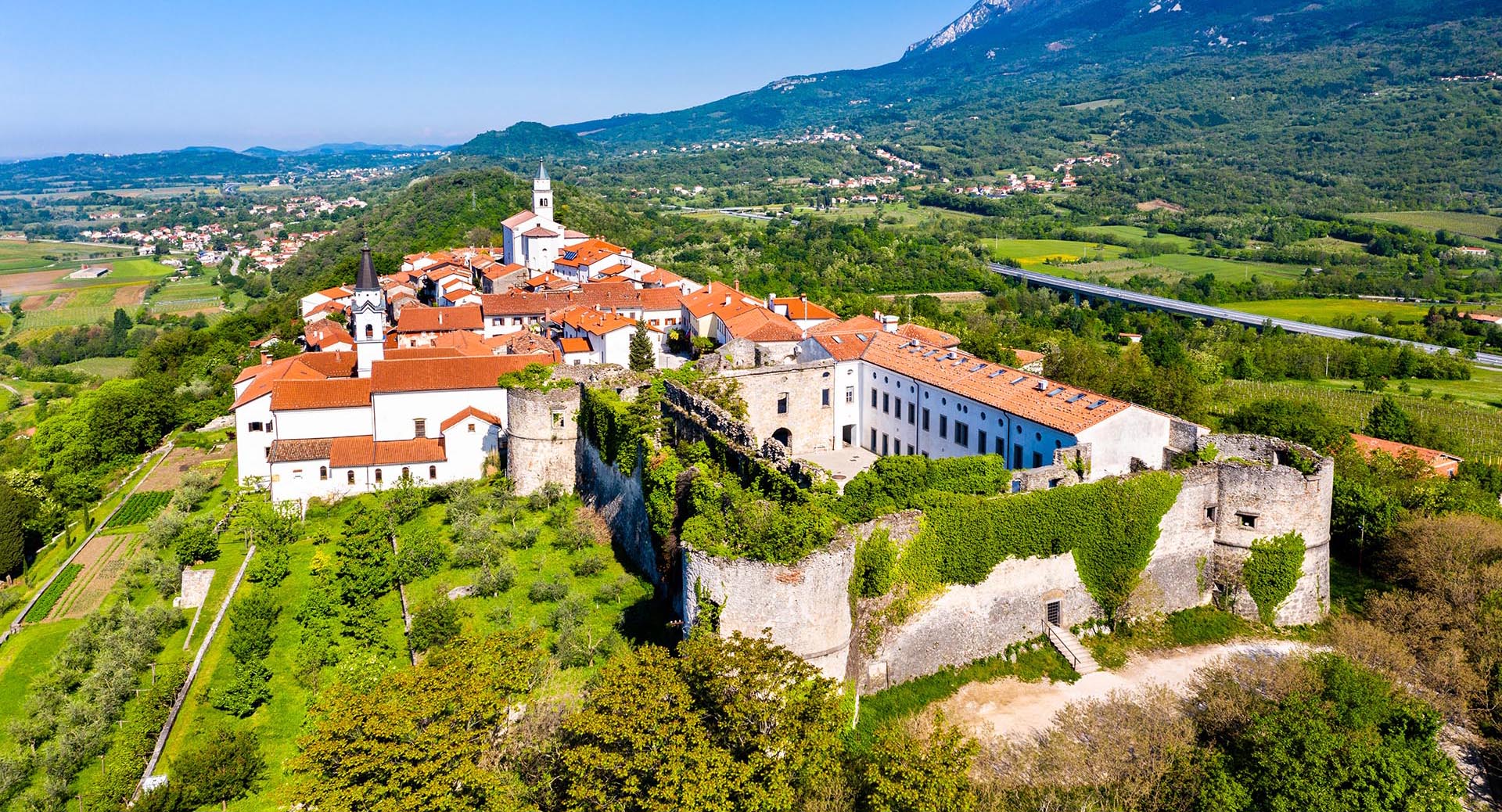
- from 140€/person
- min 4
Description
In this amazing day trip we visit one of the wine districts of the Slovenian Littoral region (Primorska) – the Vipava Valley, known also as the garden of Slovenia,
where a combination of sub-Mediterranean climate and mineral rich soil and plenty of fresh water enables production of some spectacular wines and juices. Ancient Roman fortresses combined with the medieval settlement of Vipavski Križ, Karst springs of Vipava River and lots of vinyards.
Program
First we stop at the Karst springs of the Vipava River, then we head to the town Ajdovščina, which grew from the foundations of the Antique settlement within a Roman fort. This mighty military fort Castrum Ad Fluvium Frigidum ('Fortress by the Cold River') was designed to protect the east border of the Roman Empire.
We will try to locate the site of the famous battle dating to the 394 AD.
The old town centre that for centuries stayed within the safety of the wall is a maze of narrow alleys.
Afterwards we will drive to retrace the industrial heritage from the Hubelj riverhead to the vestiges of the old iron works.
Our last stop is going to be the nice medieval settlement of Vipavski križ, surrounded by charming vinyards. We will have a chance to try some typical vines from Vipava Valley, including native varieties growing only in this part of the world, or order some of the world-famous juice made by Fructal which has made fans around the globe.
PREKMURJE – SLOVENIAN FAR EAST
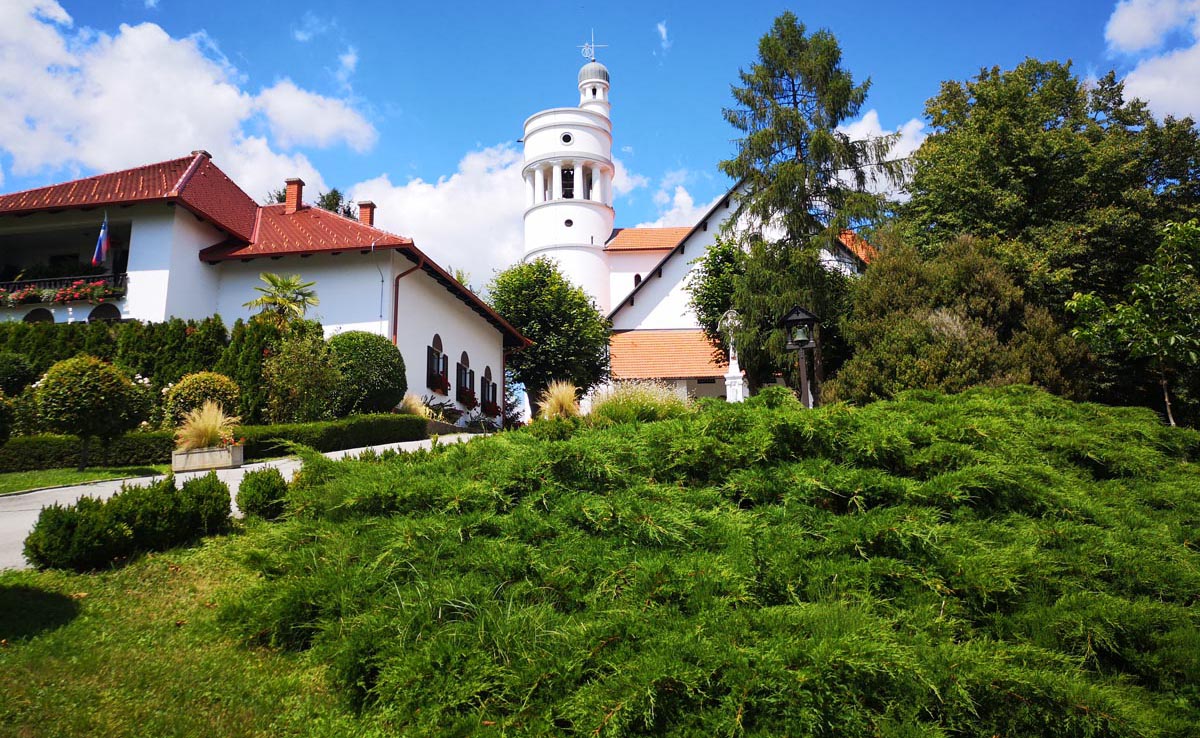
- from 140€/person
- min 4
Description
On this journey we will take you to northeast Slovenia, among the fields on the wide lowland, grapevine hills, and the Mura river biosphere reserve.
Program
We will make the first stop in the small town of Murska Sobota, the heart of the region called Prekmurje, a Slovenian province which was under the Hungarian rule until 1920. In Murska Sobota we will show you a castle with a regional museum inside the castle. Before we head out of the town we will show you a place where the Republik of Prekmurje an unrecognized state was proclaimed in 1919.
As Prekmurje is also famous for its delicious food, we will see a place where they ripen the traditional Prekmurje ham. Of course we will try few slices of ham and some other specialities. We will continue our excursion to the nearby village Martjanci, where we will see its parish church, built in 1392 dedicated to Saint Martin, from which the village gets its name.
We will pass through settlement Moravske toplice, known for its spas, and stop for a coffee & chocolate in a nearby coffee shop.
Afterwards we drive to Bogojina, where we intend to visit a local church, which was built between 1925 and 1927 and furnished in the 1950s according to plans by the famous Slovene architect Jože Plečnik.
If we will have time we will visit a tropical “jungle” with over 900 exotic plants
We will spend the rest of the day in Lendava, a border town with Hungary, famous for its spas, Jewish heritage and vineyards. Finally we will visit a small wine producer where you can taste some local wines. Drive back to the starting point.
OFF THE BEATEN TRACKS: TRŽIČ&KROPA
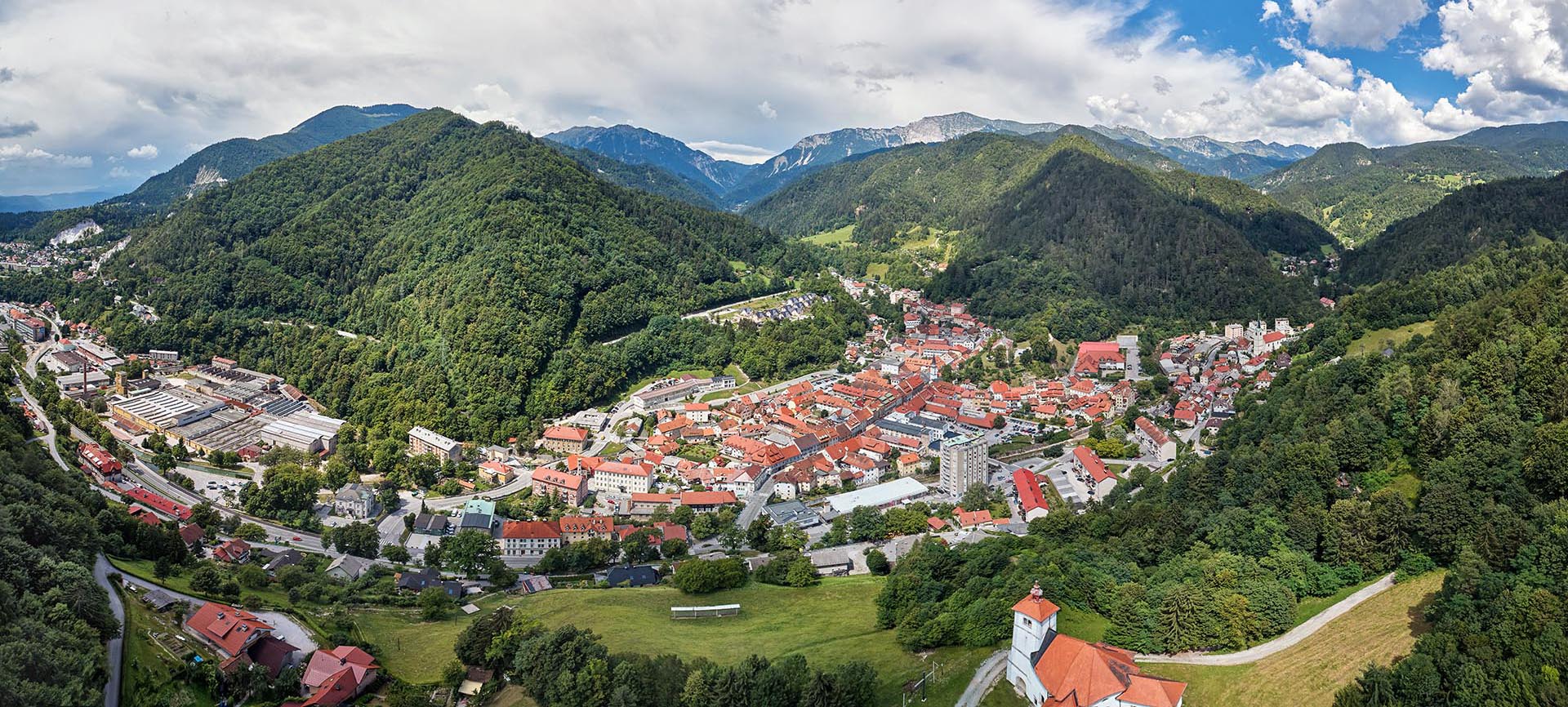
- from 140€/person
- min 4
Description
A journey along the panoramic road to Tržič, a town of craftspeople and a hike to surrounding mountain pastures. Immerse yourself in the magic breathtaking jewels of nature in a picturesque valley called Dolžanova soteska. Encounter the most important catholic shrine of Slovenia and at the end stop in a remote town Kropa, known for its traditional smithies, which produce a variety of decorative metal fittings.
Program
First we stop in the town Tržič, which is also called “Dragon's town of the enterprising and the skilled,” by the locals . We will immerse ourselves in the cultural mosaic in the old town centre where a busy housewife greets you from a "firbc" (prying) window, eavesdrop on the secrets of artisans and craftsmen in the Tržič Museum and discover what the famous Austrian warrior Radetzky has to do with the town. We will also visit a famous Kurnik House, which is more than 250 years old, and if possible try to bake a special local bread called “flika” in its black kitchen.
Afterwards we head to Alpine gorge called Dovžanova soteska, a crowdless paradise where the land is greener, the sky is bluer. The gorge is older than the dinosaurs. Its 300 million-year -old walls contain thousands of fossils from times that pre-date even the dragons.
We will continue our tour by driving to Brezje, which is known as the most important catholic shrine. A pilgrimage to Brezje is very important to the Slovenians and many continue to vow to reach Brezje on foot. Beside church there is a beautiful view of the Julian Alps and its highest peak Triglav.
After all these invigorating sites we will make a lunch stop in the picturesque town Radovljica.
We will end our day in Kropa, which is known as Slovenia's former iron forging centre. In a local museum we will become familiar with the production of the nails, Kropa's main product for almost a half a millennium
SLOVENIAN CLASSIC – BLED & BOHINJ

- from 140€/person
- min 4
Description
Visit one of the most well known parts of Slovenia in the heart of the Julian Alps and Triglav National park where two glacier lakes are set. The Bled and Bohinj lakes are extremely popular among Slovenians. This is because of many legends, among which the most famous is about Črtomir and Bogomila, written by our greatest poet, France Prešeren. Or perhaps is it only because of the natural beauty that surrounds this area. The best idea is to find out on your own!
Program
The trip will start at the agreed location from where we drive towards lake Bled.
In Bled we board a boat that will take us to the island, where the church dedicated to St. Mary, originally from 8-9 century, is set. On the island we will be able to ring the bell of wishes and discover legends told about the island and the surroundings.
Afterwards we will drive around the lake towards the castle from where we will have glorious view of the lake with a small island in the middle. On the castle there is also a museum of the history of Bled and a replica of Guttebergs’ printing press.
In the afternoon we will drive towards another gorgeous lake - Bohinj. First we will stop on the lakeside next to the church of St. John the Baptist from where we have a wonderful view of the lake and its surroundings. After this we will drive to the cable car and we will take a lift to (1535m) mount Vogel’s vantage point , where we see almost all the Julian Alps and of course - Bohinj lake /or/ we will go to the Savica waterfall, one of the main springs of Slovenia’s main river, Sava.
TAKE THIS OPPORTUNITY. CONTACT US AND START YOUR DREAM TRIP NOW.






